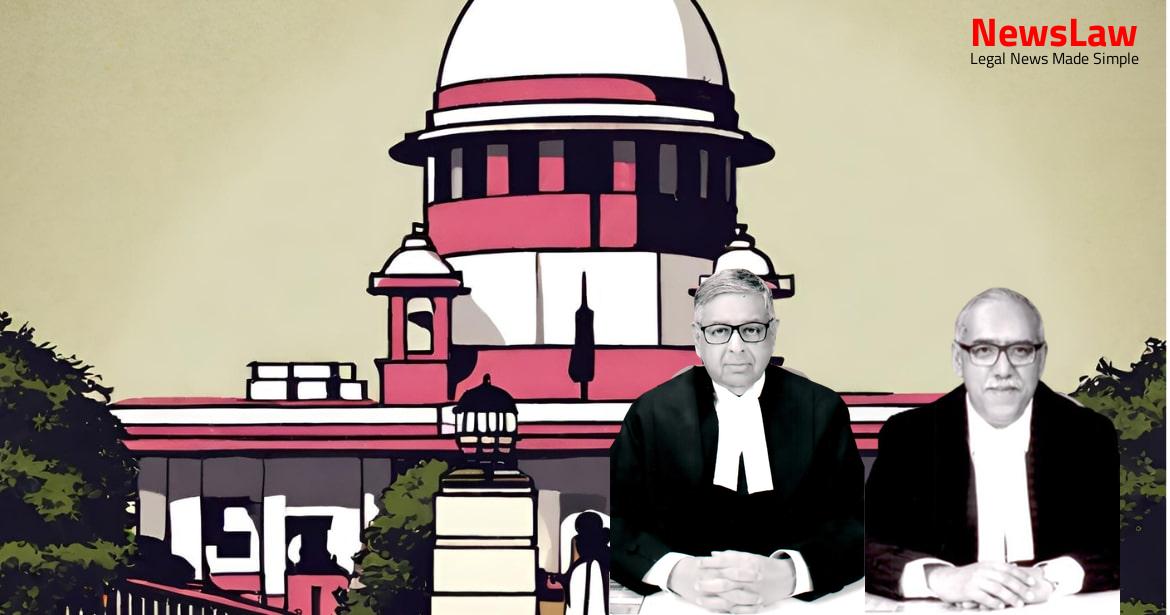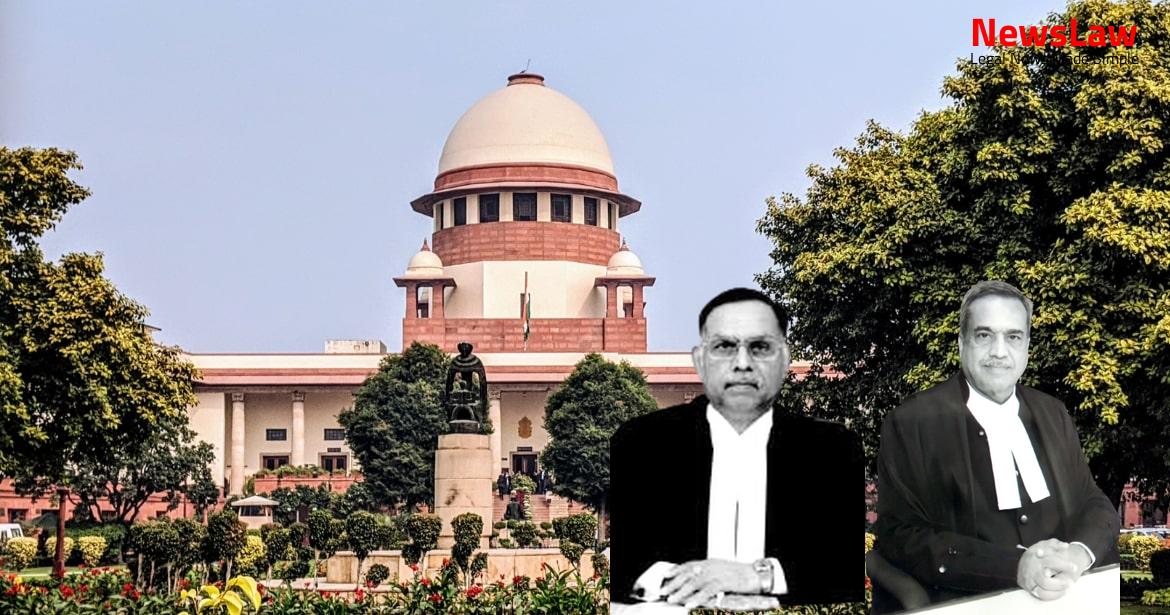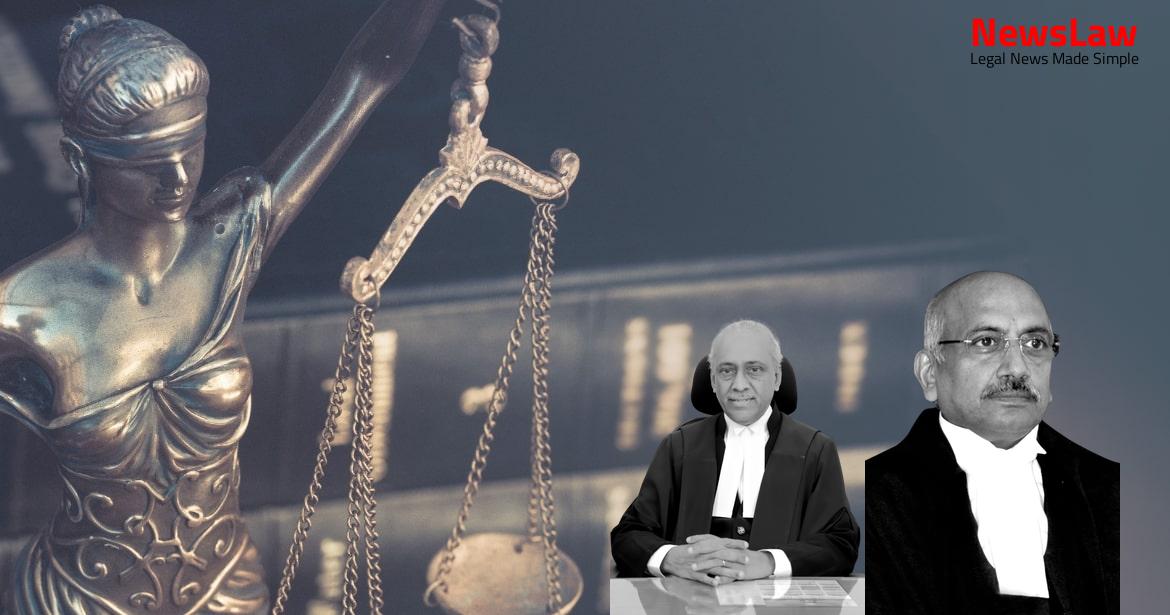Delve into the recent court decision that addresses the issue of pay parity within the Indian Railways, focusing on the legal analysis provided by the court. The judgment explores the principles of equal pay for equal work, references the recommendations of the 6th Central Pay Commission, and considers the distinctions between Secretariat and non-Secretariat organizations. Stay tuned as we unravel the complexities of this case and the court’s in-depth legal analysis.
Facts
- The Indian Railways is the largest civilian employer in the country.
- It is comprised of six production units and eighteen zones.
- Each zone has three to six divisions.
Also Read: Supreme Court Judgment on Single Till Mechanism for HRAB Calculation: A Comprehensive Analysis
Analysis
- Learned counsel for the appellants argued for parity between Field and Secretariat Offices based on previous cases of transfer for exigency of work.
- The principle of equal pay for equal work was emphasized, stating that designation alone cannot determine pay parity.
- Madras CAT’s view on absence of material and reasoning for parity with Delhi CAT was noted.
- Conflicting views exist on the parity claim, including historical aspects and common recruitment rules.
- 6th CPC recommendations regarding common category posts in Ministry of Railways were referenced.
- Differences in rules governing Secretariat and non-Secretariat organizations were highlighted.
- The Pay Commission’s specialized role in resolving anomalies was mentioned.
- The issue of parity between Private Secretaries in different services was at the core of the case.
- Divergent judicial opinions and historical parity were discussed in the context of the case.
- The impact of granting parity on various cadres within the Railways was considered.
- Functional considerations, hierarchies, and career progression were factors mentioned in assessing parity claims.
- The distinction between Secretariat and non-Secretariat organizations based on functions and responsibilities was explored.
- The merging of certain posts in higher pay scales for parity was proposed in the judgment’s analysis.
- The role of field offices in determining policy outcomes and the need for granting parity were underscored.
- The Bangalore Bench of the CAT sought strength from an earlier decision of the Principal Bench (Delhi) in Rabindra Nath Basu & Ors. v. Union of India & Ors. and other connected matters.
- The CAT referred to the case of the Assistant Staff Officers of the Ordnance Factory Board in OA No.2102/2010 decided on 16.05.2011.
- The CAT opined that the applicants in this case belonged to a non-Secretariat organization and hence would be covered by the pay-scale prescribed in para 1.14 of the 6 CPC.
- Separate recommendations were made for Secretariat Organizations and non-Secretariat Organizations due to existing disparities.
- The impugned judgment, based on other tribunal and court orders, was deemed unsustainable and set aside.
- Absolute parity would render the separate recommendations for non-Secretariat Organizations meaningless.
- The Commission noted the disparity between Secretariat and field offices while making recommendations.
Decision
- Appeals allowed by the court
- The controversy has finally received a reasoned view from the Court
Also Read: Selection and Appointment of Judicial Officers in Himachal Pradesh
Case Title: UNION OF INDIA Vs. MANOJ KUMAR (2021 INSC 428)
Case Number: C.A. No.-000913-000914 / 2021



